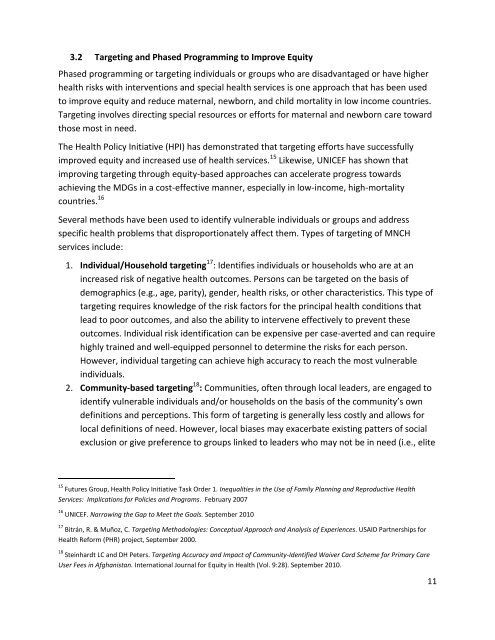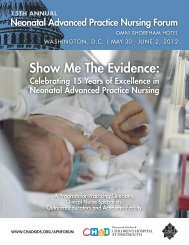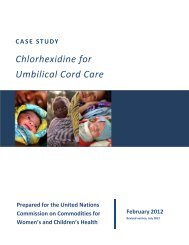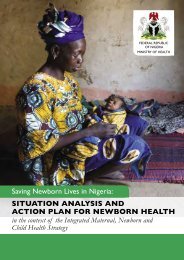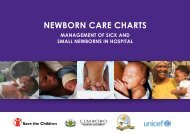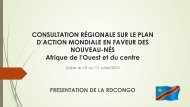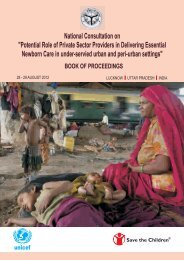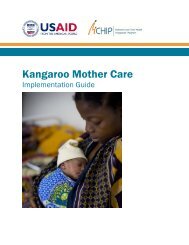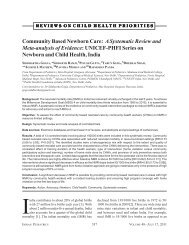Draft RFA - Translating Research into Action | TRAction Project
Draft RFA - Translating Research into Action | TRAction Project
Draft RFA - Translating Research into Action | TRAction Project
- No tags were found...
You also want an ePaper? Increase the reach of your titles
YUMPU automatically turns print PDFs into web optimized ePapers that Google loves.
3.2 Targeting and Phased Programming to Improve EquityPhased programming or targeting individuals or groups who are disadvantaged or have higherhealth risks with interventions and special health services is one approach that has been usedto improve equity and reduce maternal, newborn, and child mortality in low income countries.Targeting involves directing special resources or efforts for maternal and newborn care towardthose most in need.The Health Policy Initiative (HPI) has demonstrated that targeting efforts have successfullyimproved equity and increased use of health services. 15 Likewise, UNICEF has shown thatimproving targeting through equity-based approaches can accelerate progress towardsachieving the MDGs in a cost-effective manner, especially in low-income, high-mortalitycountries. 16Several methods have been used to identify vulnerable individuals or groups and addressspecific health problems that disproportionately affect them. Types of targeting of MNCHservices include:1. Individual/Household targeting 17 : Identifies individuals or households who are at anincreased risk of negative health outcomes. Persons can be targeted on the basis ofdemographics (e.g., age, parity), gender, health risks, or other characteristics. This type oftargeting requires knowledge of the risk factors for the principal health conditions thatlead to poor outcomes, and also the ability to intervene effectively to prevent theseoutcomes. Individual risk identification can be expensive per case-averted and can requirehighly trained and well-equipped personnel to determine the risks for each person.However, individual targeting can achieve high accuracy to reach the most vulnerableindividuals.2. Community-based targeting 18 : Communities, often through local leaders, are engaged toidentify vulnerable individuals and/or households on the basis of the community’s owndefinitions and perceptions. This form of targeting is generally less costly and allows forlocal definitions of need. However, local biases may exacerbate existing patters of socialexclusion or give preference to groups linked to leaders who may not be in need (i.e., elite15 Futures Group, Health Policy Initiative Task Order 1. Inequalities in the Use of Family Planning and Reproductive HealthServices: Implications for Policies and Programs. February 200716 UNICEF. Narrowing the Gap to Meet the Goals. September 201017 Bitrán, R. & Muñoz, C. Targeting Methodologies: Conceptual Approach and Analysis of Experiences. USAID Partnerships forHealth Reform (PHR) project, September 2000.18 Steinhardt LC and DH Peters. Targeting Accuracy and Impact of Community-Identified Waiver Card Scheme for Primary CareUser Fees in Afghanistan. International Journal for Equity in Health (Vol. 9:28). September 2010.11


